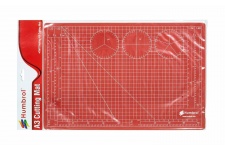Go Back
Recently viewed
£ 12.29
Hornby Ag9157A A3 Cutting Mat
- Multi Scale
- Multi Gauge


